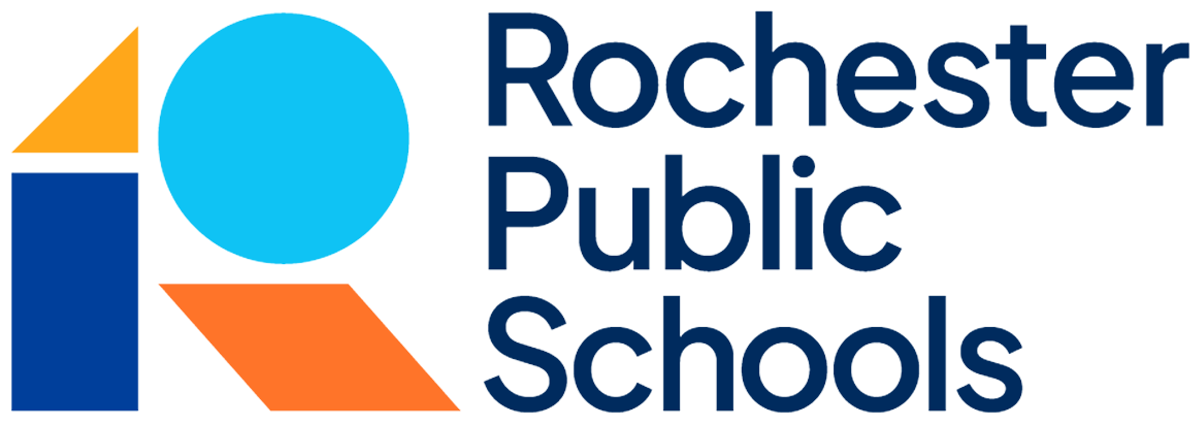Advanced Learning Portfolio Assessment
The Cognitive Abilities Test (CogAT), is a norm-based test that assesses a student’s aptitude in reasoning and problem-solving by using Verbal (word), Quantitative (number), and Non-Verbal (picture-figure-spatial relationship) symbols. The test is not timed for 2nd graders. In grade 4, the CogAT has nine ten-minute, timed sections. The time limits outlined for grades 4 and higher are designed to ensure that students have ample time to answer all questions that they are likely to get correct without persevering unnecessarily and becoming frustrated. The CogAT appraises the cognitive development of students from kindergarten through grade 12. A student’s CogAT score primarily reflects their ability to discover relationships and their flexibility in thinking.
The questions on CogAT require students to demonstrate reasoning abilities in each of the three areas most closely related to success in school: Non-Verbal reasoning, Verbal reasoning, Quantitative reasoning.
What is a Prompt?
The assessment contains several sections known as prompts. Students receive one prompt at a time. Depending on the type of portfolio, students may be asked to read, make inferences, write, solve math problems, explain scientific concepts, or demonstrate flexible, creative thinking.
Elementary Portfolio Assessment (to qualify for Verbal or Non-Verbal services):
There are three sections: creativity, writing, and math. The creativity section asks students to think in divergent ways and demonstrate flexibility in thinking. An example of this type of thinking: “How many uses can you think of for a paperclip?” The writing section asks students to organize their thoughts to create a story using details and descriptive words. The math section asks students to problem-solve. Students can select the math problems they feel the most confident about and skip two problems that they do not want to be scored.
5th Grade Portfolio (to qualify for the Middle School Advanced Learning Program) has four sections: science, math, reading, and writing. Students are asked to use information to think critically, read and comprehend text, write a creative story, and solve problems.
Grades 6-8 Middle School Portfolio Assessment (to qualify for the Middle School Advanced Learning Program: There are four sections: science, reading, math, and writing. Students are asked to use information to think critically, read and comprehend text, write a creative story, and use logic to solve problems.
How Are the Portfolios Scored?
To ensure scoring is fair and consistent, the portfolio assessments are blind-scored by a panel of Advanced Learning Specialists (all identifying info of the student is covered). A standard rubric is used to score each section. Students earn points for the critical thinking, problem-solving, creativity, and logic they demonstrate. The assessment is a secure test administered by specialists. Assessments are not able to be sent home.
What If My Student Does Not Do Well On the Portfolio? Do They Have Another Chance?
We want every student to have multiple opportunities to be successful and qualify for Advanced Learning Services and realize that not all strengths are demonstrated via an Advanced Learning Assessment. Therefore, we universally screen students multiple times a year using standardized test scores (reading and math FastBridge scores and the CogAT). All students in grades 2 and 4 will take the CogAT in the fall and we offer another opportunity for the Advanced Learning Assessment next year. Middle School students also have an opportunity to take the CogAT in the fall. The Advanced Learning Assessment provides an additional opportunity for students to demonstrate the strengths of students who might not otherwise qualify with standardized test scores alone.
How To Prepare & Succeed During the Portfolio
Students will complete one prompt at a time.
Students need to finish a prompt before handing it in; students may not return to work on a prompt once they have handed it in.
Here are a few tips to help your student be successful:
Read directions at least twice. Think about what is being asked.
Have your student ask: Did I address exactly what the prompt or question was asking me to do?
Answer the questions with as much detail as possible. Generally, for reading and writing prompts, answers of one or two sentences will not fully address the questions.
Write responses neatly so they are easy to read.
Before handing in each section, re-read the response to see that it is clear, makes sense, and answers all of the questions in the prompt.
Do NOT rush. Assessments take time and there is no time limit. Think each problem through completely before turning in the section.
Lastly, don’t hold back - your student should highlight all they know.
